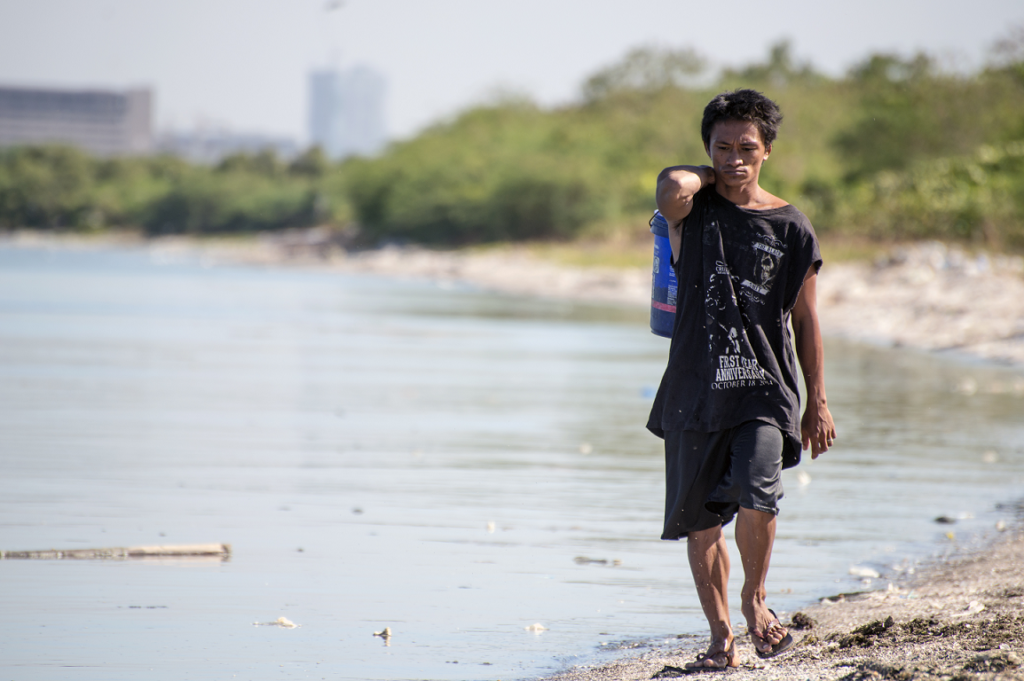
Photos and words by Ramey Newell, donor and former staff member
A year ago, I didn’t know much about the Philippines. I didn’t know that it is among the 10 most biologically diverse countries on the planet, or that metropolitan Manila is the 11th most populous metro area in the world. I couldn’t utter a word of any of the almost 180 native languages spoken throughout the archipelago.
And I had no idea how precariously the island nation’s natural environment hangs in the balance.
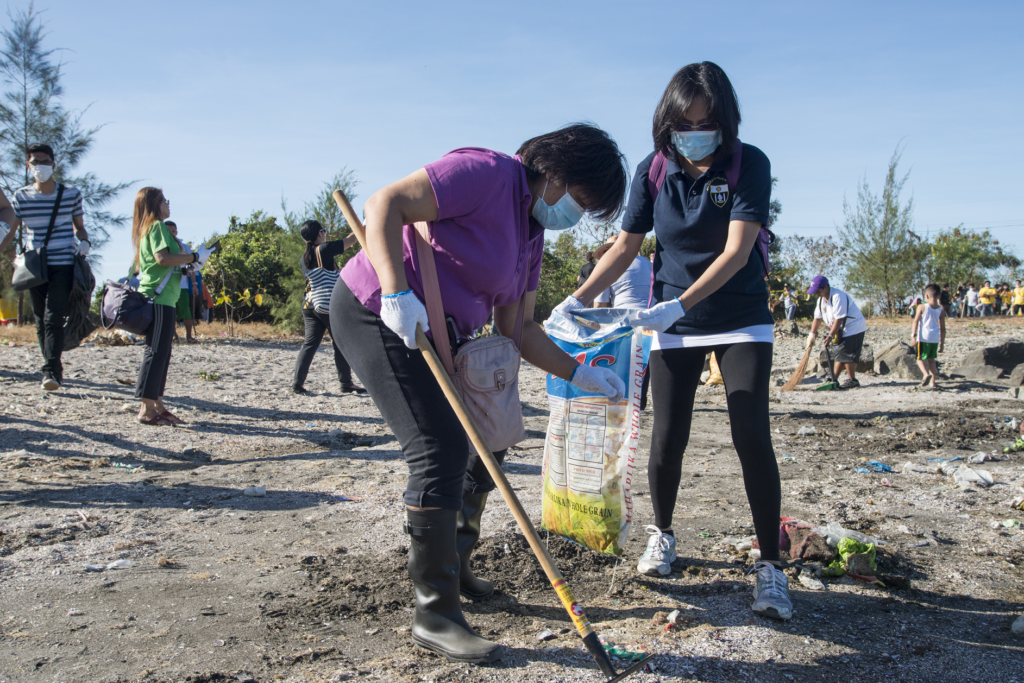
My visit to Manila coincided with a beach cleanup hosted by Save Freedom Island Movement, a volunteer group working tirelessly to preserve and protect the last remaining mangrove forests in Manila Bay. Global Greengrants, through its partnership with Earth Island Institute, has supported Save Freedom Island Movement with grants to organize cleanup events and educate kids and community members about the importance of mangrove ecosystems.
I was fortunate enough to spend two full days with members of the Save Freedom Island Movement seeing firsthand both the threats posed to metro Manila’s endangered habitats and the power of grassroots action.
“This is usually all wetlands,” explains Glacy Macabale, Save Freedom Island Movement’s Campaign Director. “I bring people here because they can normally see egrets, herons, and sometimes even the Philippine Duck.” She gestures at the large patch of dry, cracked mud before us and frowns. “This makes me very sad. I hate climate change.”
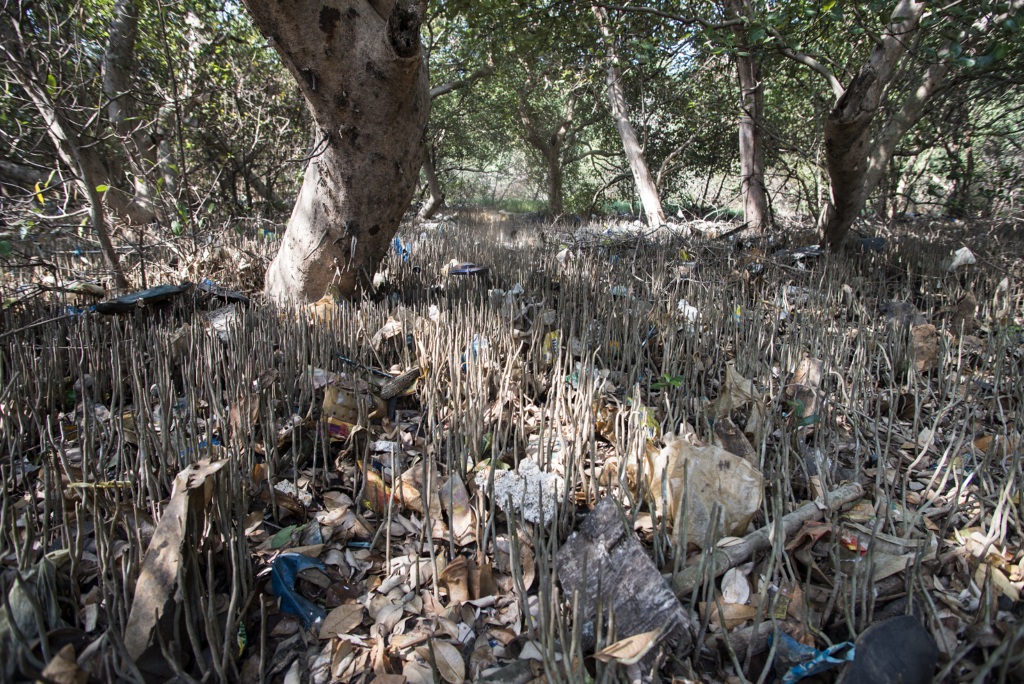
Glacy got involved with Save Freedom Island Movement while working as an advocate for Manila’s urban poor. She soon discovered that issues of class, indigenous rights, social justice, and the environment are all inexorably connected.
Glacy leads us further into the Freedom Island mangroves, one of only a handful remaining in metro Manila. At the turn of the 20th century, more than 200 square miles of mangrove forest thrived along Manila Bay. In 1995, that number had dwindled to around 3 square miles. Twenty years later, there are only a few struggling patches remaining.
Freedom Island is a man-made barrier island that is accessible by a single road and comprises about 74 acres of reclaimed material from Manila Bay. Though it has been designated a Critical Habitat and Ecotourism Area by the Filipino government, Glacy explains that it still faces myriad threats.
First, a massive reclamation and development project is underway along the Manila Bayfront, with more than 1,500 acres reclaimed already and another 1,500—including Freedom Island—slated for further construction and development.
This so-called “Bay City” area is currently home to numerous casinos and resorts owned by foreign investors, as well as the massive 4,155,000 square foot Mall of Asia.
Glacy tells us that despite SFIM’s efforts and support from community leaders, a few local politicians, the Catholic Church, and university advocates, reclamation is still on the docket for Freedom Island. This would completely destroy the mangrove forests there, which serve as critical habitat for more than 80 migratory bird species and as spawning grounds for numerous fish species.
And here is where things get complicated.
The Filipino government benefits from kickbacks and taxes on all that foreign investment and development, which is why it is allowed to continue despite the impact on the environment and local communities.
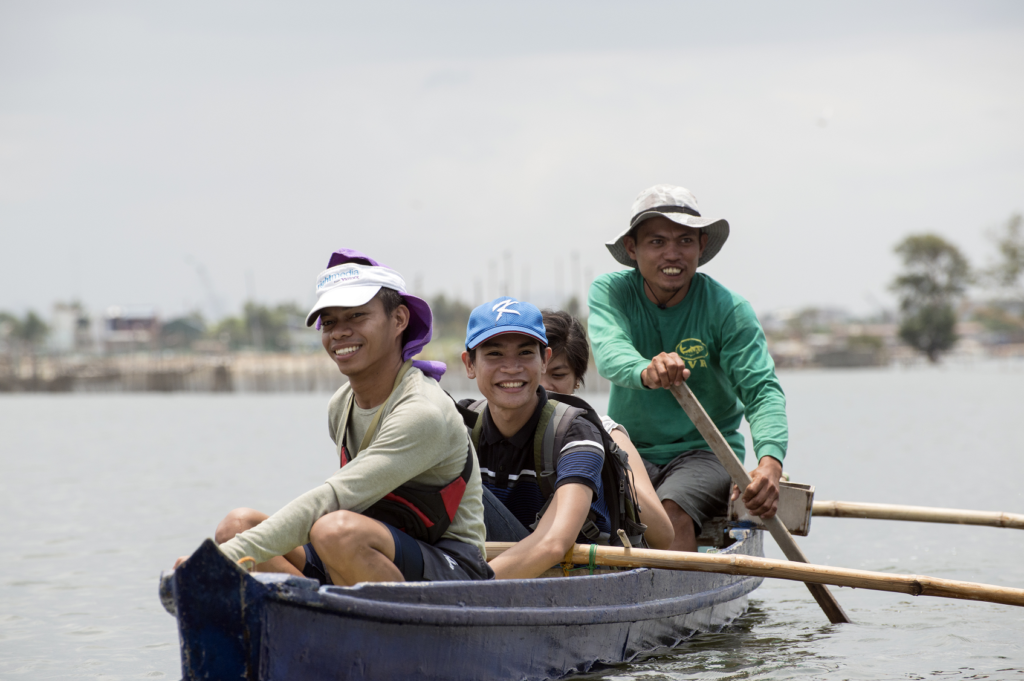
Fisherfolk, one of the poorest ethnic groups in the country, are forcefully displaced to make room for coastal development. If they refuse, their villages are mysteriously burned and their leaders conspicuously disappear. Even if they manage to remain in their coastal villages, fisherfolk livelihoods are threatened as the mangroves are destroyed and the fisheries that depend on them decline.
Furthermore, the mangroves face physical threats beyond reclamation. Mangroves are breathing organisms, using straw-like roots sticking up from the mud and water. In Manila Bay, these roots are literally smothered by plastic marine debris, their openings clogged with refuse washing in from the bay. SFIM hosts cleanups every month, and sometimes weekly, to keep the trash accumulation in check.
On the second day of our visit, we witness one of the primary players in this garbage fiasco when SFIM volunteers take us to Navotas Island at the northern end of metro Manila. There an enormous landfill, constructed on reclaimed coastal property, spills trash out into the ocean only to wash ashore again in the mangroves.
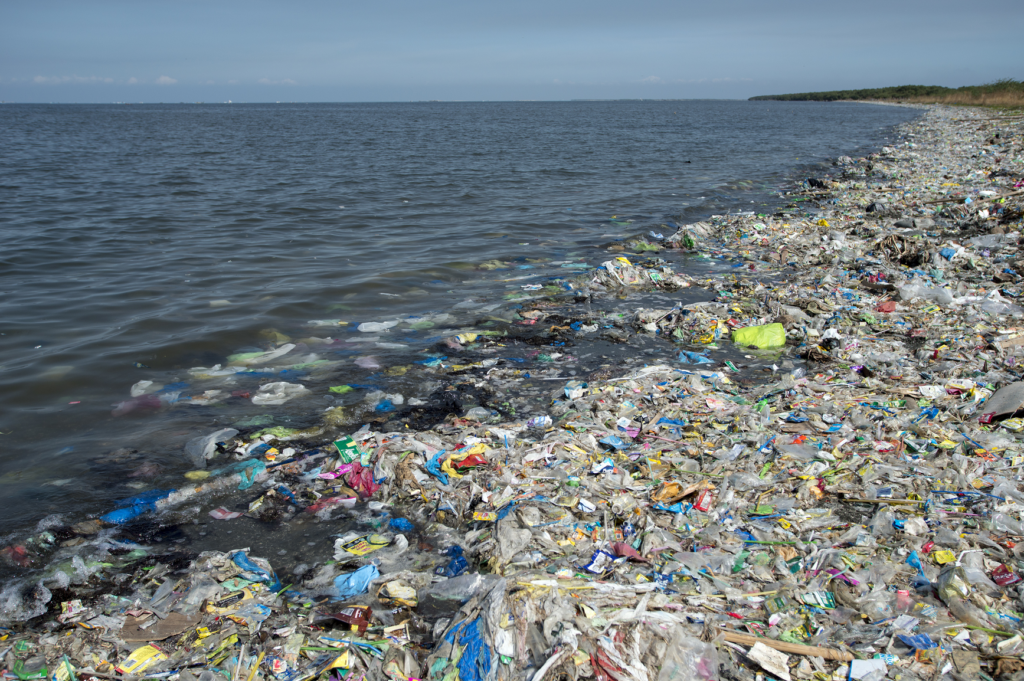
As our hosts lead us along the Navotas beach, it is difficult for us to remain optimistic. While Freedom Island once again resembles a proper beach thanks to the efforts of SFIM and thousands of volunteers, Navotas Island is still in dire need of attention. Here, on a barrier island very similar to Freedom Island, cleanup has not yet begun and the beach is buried beneath knee-deep trash. The remaining mangroves—those that haven’t been charred or harvested for charcoal—are suffocating.
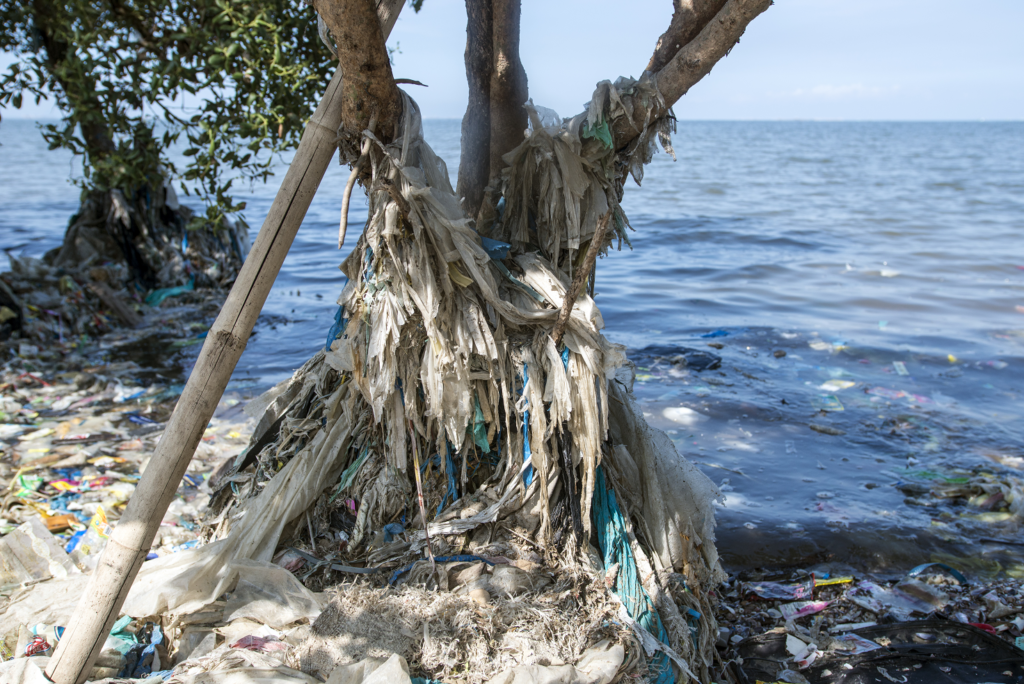
Ironically, Glacy explains, the city of Manila is named after the nilad mangrove tree. Here at Navotas, the volunteers show us the last known nilad tree in all of Manila Bay: a sad, withering plant no more than knee-high, surrounded with protective mesh fencing in an attempt to keep the trash out.
But there is hope.
Freedom Island shows us what can be done when a local community comes together to protect their shared natural resources. Freedom Island once looked like Navotas Island, but now serves as a legitimate eco-tourism and education site for Manila residents. And, although the threat remains, SFIM efforts have caused several years of delay in the looming reclamation project.
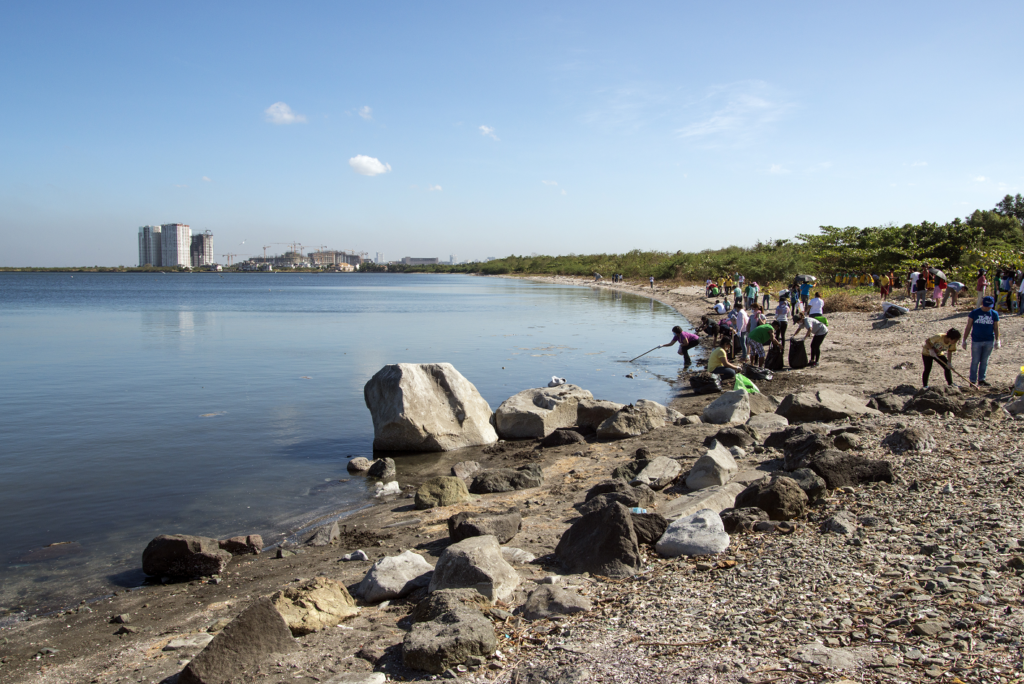
Glacy and other Save Freedom Island Movement leaders hope that by spreading awareness of the dire threats to the Manila Bay ecosystem and the repercussions of inaction, Manila residents can be enlisted en masse to protect and restore these essential coastal habitats, and the reclamation project will be cancelled for good.
